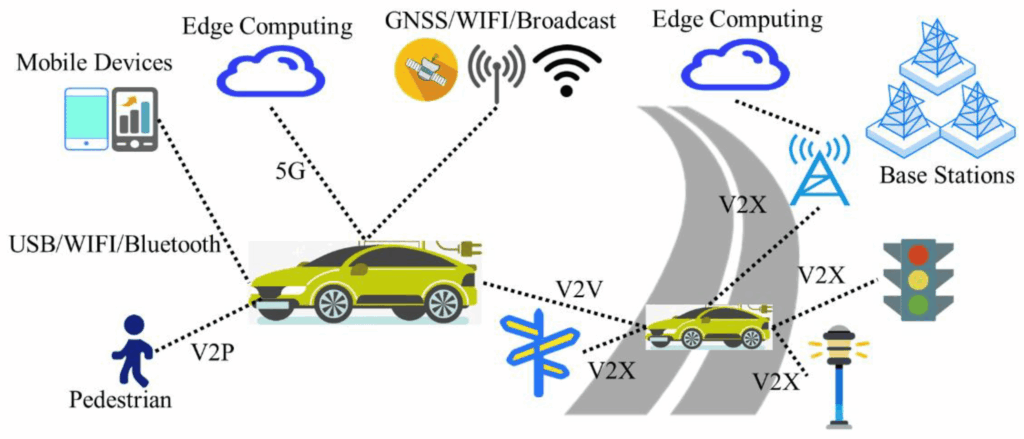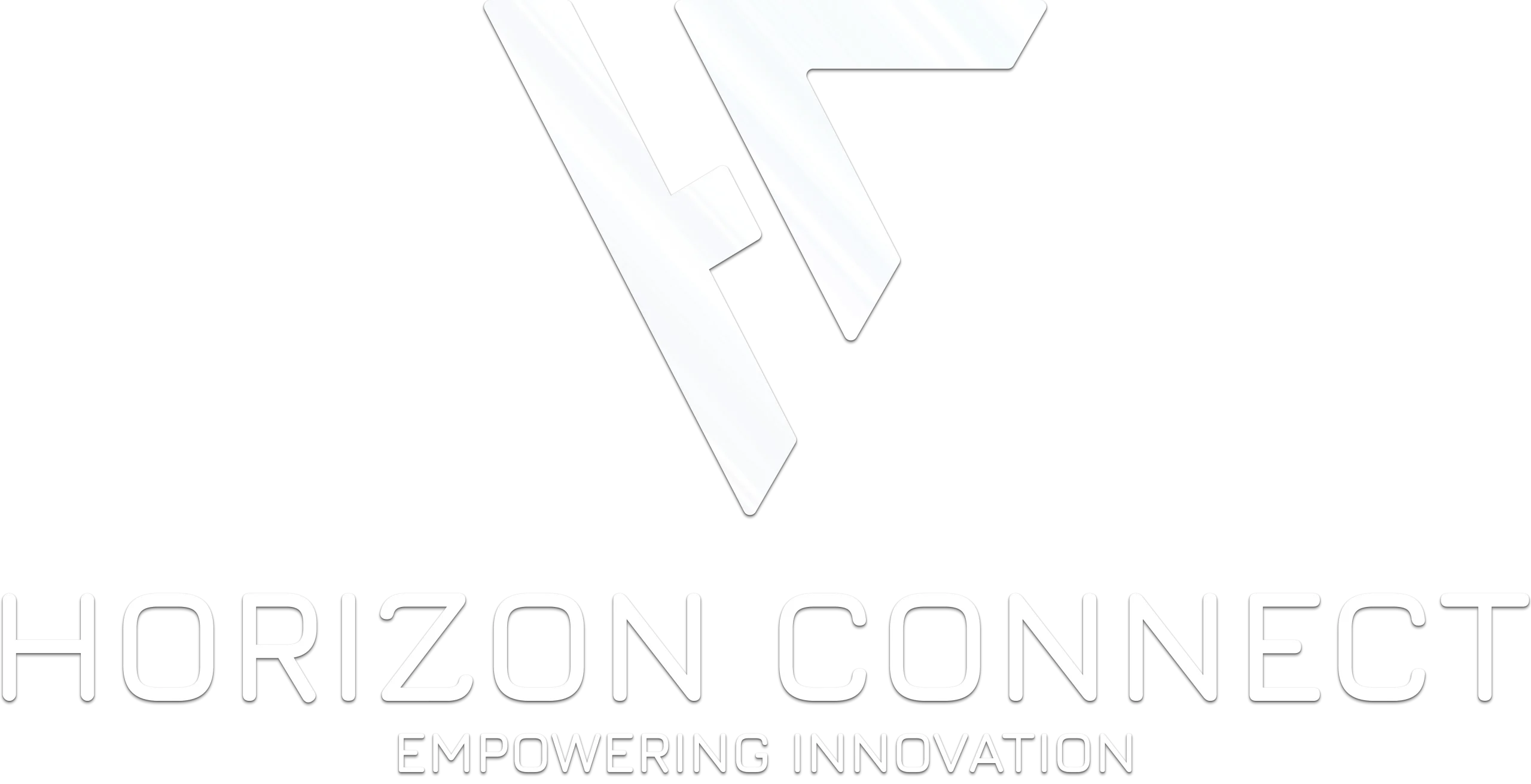As connected vehicles become the backbone of modern mobility, ensuring uninterrupted communication is critical. Traditional cellular networks (4G and 5G) offer high-speed coverage in urban areas; however, gaps persist in rural regions, on highways, and in developing markets. Satellite connectivity is emerging as a strategic solution to bridge these gaps, offering global reach, enhanced safety services, and stronger support for Advanced Driver Assistance Systems (ADAS).
At Horizon Connect, we specialize in automotive IoT and connectivity integration, empowering OEMs with end-to-end solutions — from eCall safety systems to hybrid satellite–terrestrial data management.
The Benefits for Connected Vehicles & ADAS
1. Global Coverage Beyond Cellular Gaps
Satellite constellations ensure that vehicles remain connected even in remote or rural regions, enabling seamless navigation, infotainment, and cloud data services.
2. Enhanced Positioning & Navigation
By combining GNSS with satellite constellations and correction services, vehicles can achieve near centimeter-level accuracy — essential for ADAS and future autonomous driving systems.
3. Reliable Safety Services (eCall Anywhere)
With satellite connectivity, emergency systems like eCall can transmit location data even where cellular networks fail — a life-saving advantage in rural accidents.
4. Over-the-Air (OTA) Updates Without Borders
Automotive OEMs can deliver security patches and feature upgrades globally — with large updates often using hybrid delivery via Wi-Fi or terrestrial networks.
GNSS & Satellite Connectivity: Precision Positioning for ADAS
Modern ADAS systems rely on precise vehicle positioning to operate safely, from lane-keeping assistance to collision avoidance. While GNSS (Global Navigation Satellite Systems) provides basic location data, its accuracy can degrade in urban canyons, tunnels, or remote areas with poor satellite visibility. Satellite connectivity complements GNSS by integrating data from multiple satellite constellations and terrestrial networks, creating a hybrid positioning system. This ensures near centimeter-level accuracy, low latency, and reliability even in challenging environments.

By leveraging this hybrid approach, OEMs can deliver safer ADAS features and more reliable autonomous driving capabilities, even in areas where cellular coverage alone would be insufficient. Horizon Connect’s integration services ensure that these hybrid positioning systems are seamlessly connected with vehicle IoT platforms, telemetry, and eCall systems, providing a unified solution for automotive OEMs.
Challenges to Consider in Satellite Connectivity
- Latency: Satellite signals must travel further than terrestrial 5G, though LEO constellations are significantly reducing latency compared to traditional GEO satellites.
- Cost: Specialized antennas and subscription models add costs for OEMs and drivers.
- Regulation: Spectrum allocation and cross-border compliance remain complex.
Hybrid Connectivity: Satellite Connectivity + 5G for the Future
Rather than replacing terrestrial networks, satellites will complement them. Hybrid architectures allow vehicles to switch seamlessly between satellite connectivity and 5G, ensuring continuous data flow for safety, navigation, and ADAS.
Conclusion
Satellite constellations are not just a futuristic concept — they are becoming an essential enabler of global vehicle connectivity and ADAS support. For OEMs, the path forward is clear: embrace hybrid solutions that merge the best of 5G, cloud, and satellites. With the right partners, connected vehicles can achieve truly global reliability.


